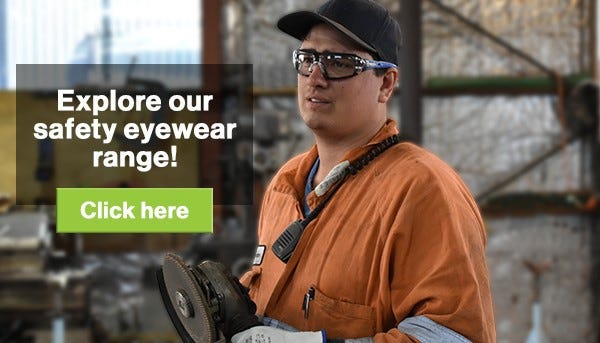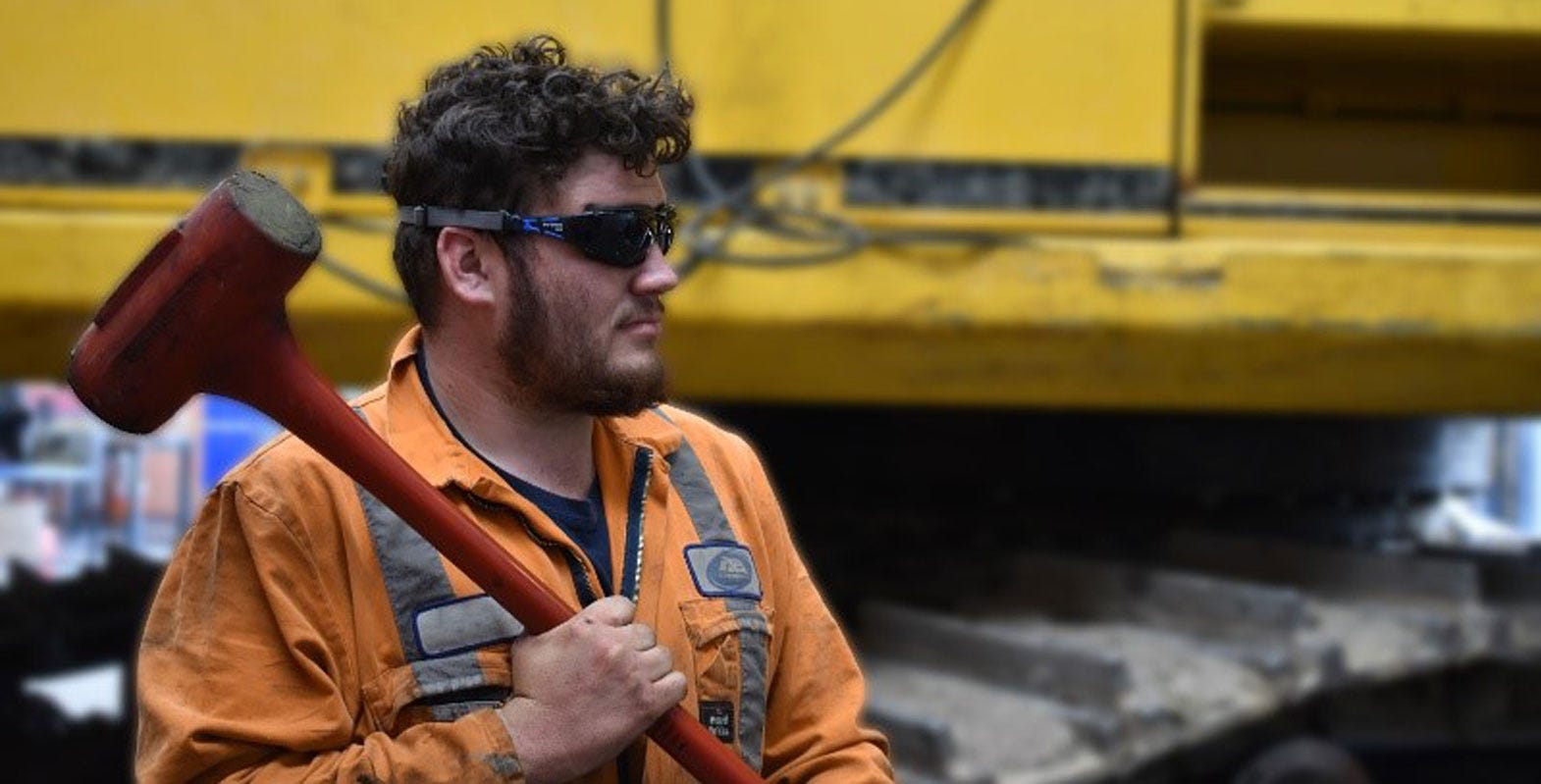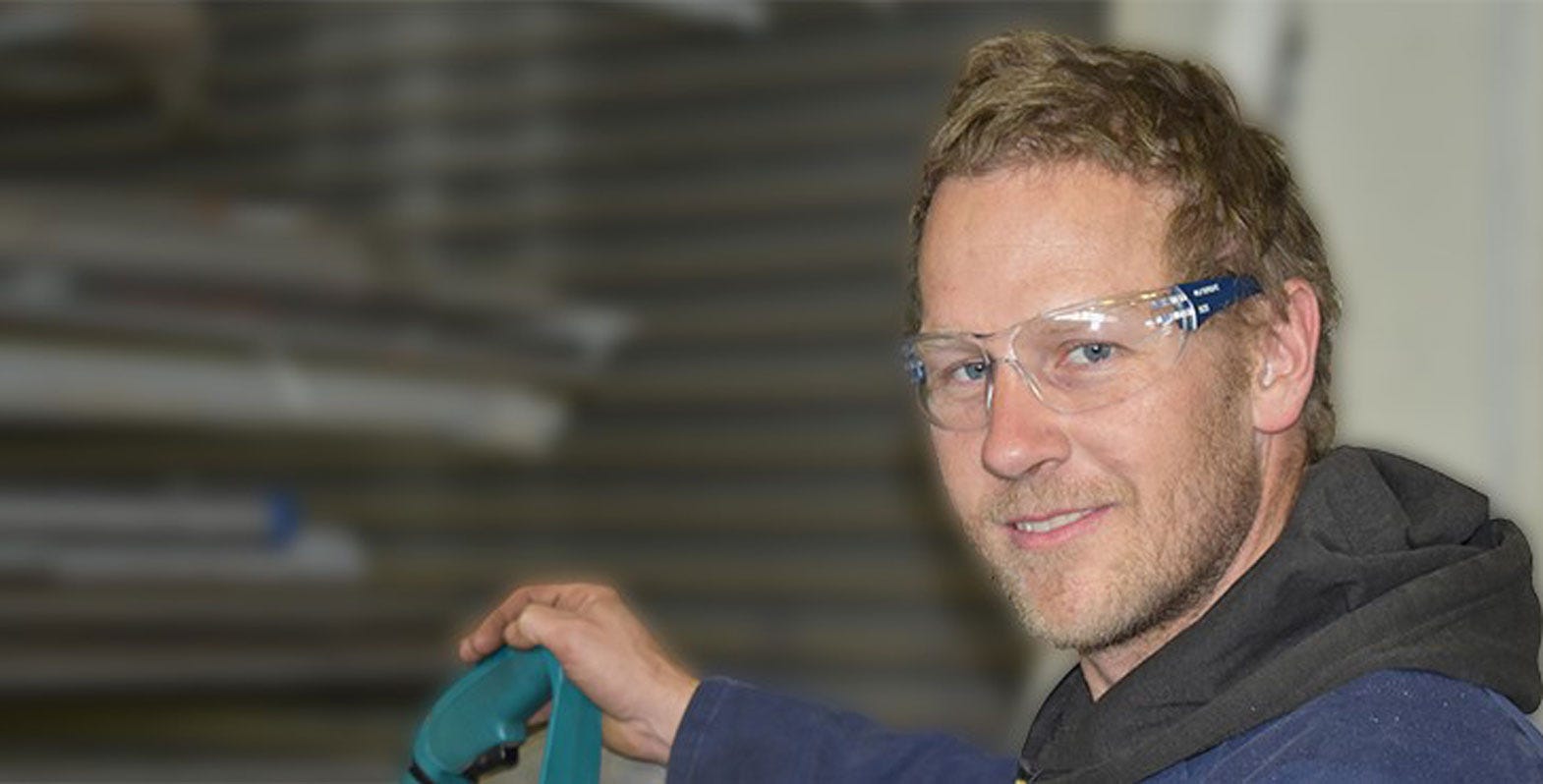Everything you need to know about eye protection safety standards
'Ahhhh my eyes!!!' - not something you want to hear coming out of your mouth or anyone else's in the workshop! With eye injuries being the top concern for most people working in metal fabrication, let's talk about the different kinds of eye protection, and which ones will best protect against the dangers lurking in your workshop.
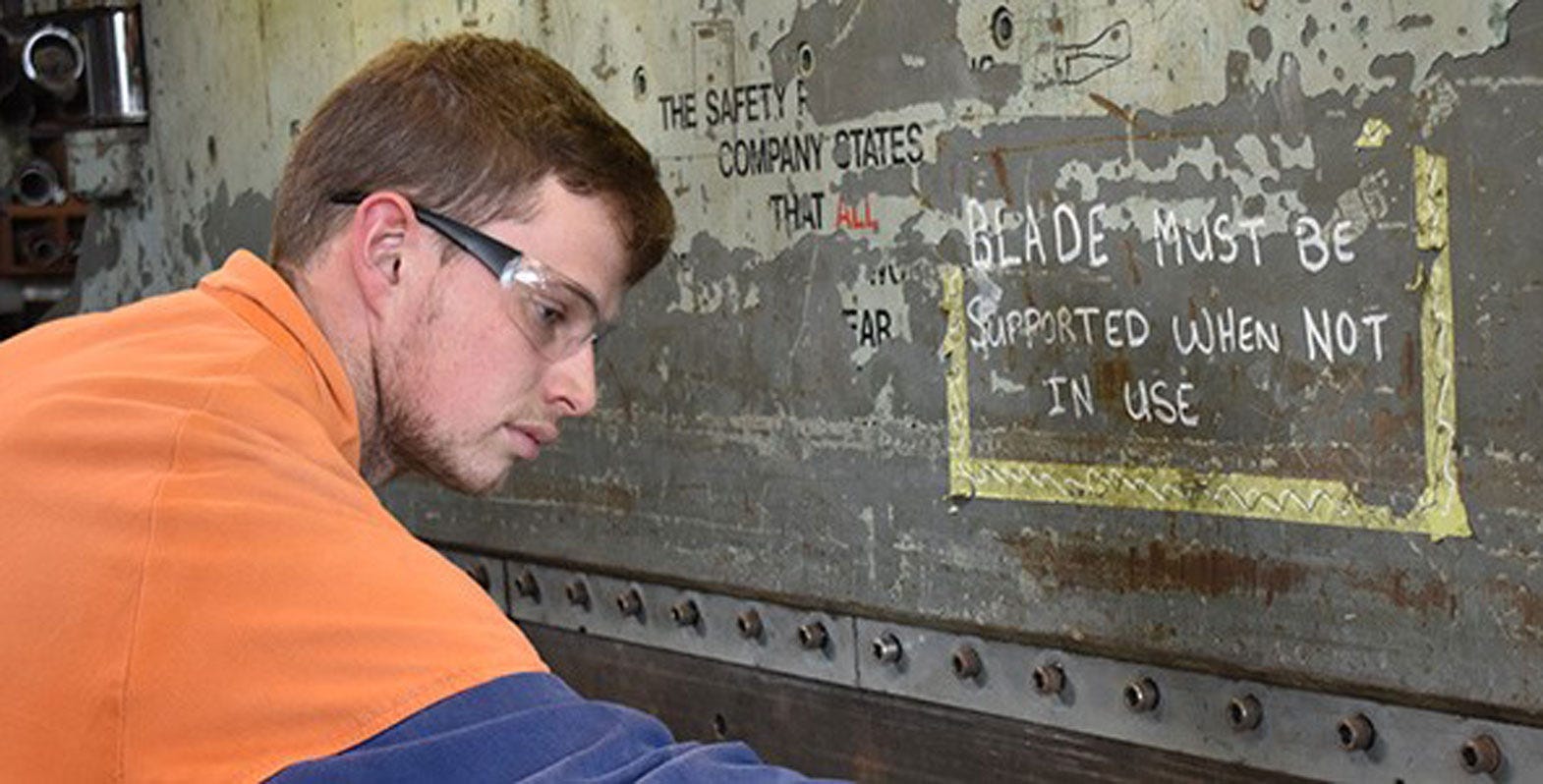
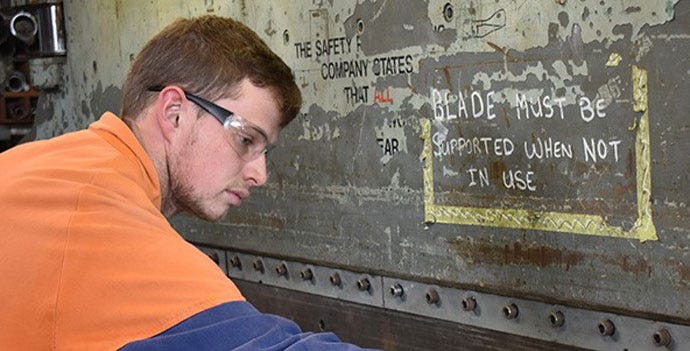
What are the main dangers for metalworkers eyes?
- Anyone experienced welding flash? Ouch! Hot substances, laser beams, infra red radiation and laser reflection are also common issues.
- Flying particles and fragments from abrasive blasting and grinding can strike the eye, causing grazes, tears, and can even penetrate the eye.
- Dust - we're not talking about your typical household dust. Dust in a metal workshop can be organic, chemical, abrasive, and corrosive.
- Fumes. Welders will know about these. They're not just dangerous to breath in, but can also cause irritation and corrosion to your eyes.
- Splashes of molten metals, hot liquids, corrosive chemicals, irritant liquids, disease-causing agents. Squirts of chemicals in the eye will cause damage to the tissue, if not immediately flooded with water. Some of the most extensive corneal scars result from chemicals such as lime and concentrated acids and alkalis. These cause serious visual loss and considerable disfigurement.
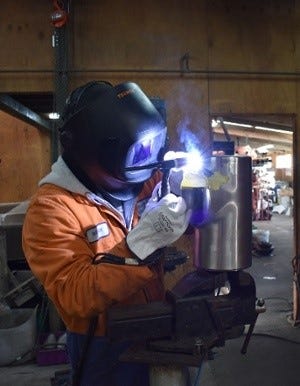

- UV rays - this is often looked over. If you do any work outside it's especially important to protect your eyes against New Zealand's sun! it can lead to anything from mild irritation to macular degeneration, cataracts and cancer.
Who's responsible?
Under the Health and Safety in Employment Act 1992 it is the employers responsibility to either eliminate or isolate hazards from workers where practicable. If this is not possible, it is the employers responsibility to provide suitable eye protection and ensure it is used.
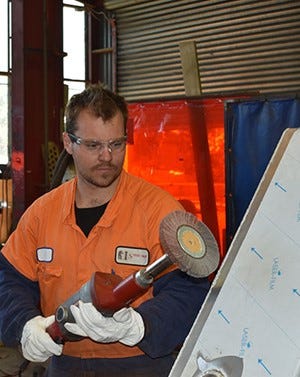

It is the employees duty to wear eye protection while they are exposed to any hazards.
All hazardous areas should be clearly signposted in the workshop.
Choosing the right eye protection for the job
There's so many options out there, and each has it's own purpose depending on the job at hand, and what you need protecting from.
For a start, you'll want to make sure any safety protection you choose at least meets the AS/NZS1337: Personal Eye Protection standards, to at least a Medium Impact Level.
Low to medium impact level covers safety glasses and goggles. For high to extra high impact you would move into face shields and helmets as this level of impact requires full face coverage.
The following table is a quick guide for choosing the right protection for the type of hazard you're working with:
| Type of hazard | Required features | Recommended eye protection type |
| Welding radiation | Complete coverage. UV blocking. Shade 5 lens colour. | Glasses or goggles with a face mask or welding helmet. |
| Flying particles | Medium to high impact lens and good coverage around the eyes. | Goggles or face seal glasses for medium impact. Face shield for high to extra high impact. |
| Dust | Foam seal that fits snugly against the face. | Glasses, or in extremely dusty environments, goggles. Choose an elastic strap option for extra seal and movement reduction. |
| Splashes | Splash proof rating lens | Goggles or face shields. Make sure either option fits the face contour securely. |
| UV radiation | UV blocking lens. Check lens colour for specific applications (see guide below) | Check for lens colour and UV rating on any safety glasses, goggles or face shields. |
| Fumes | Complete coverage. | Glasses with face seal, goggles or masks. |
What lens colour should I be using?
Depends what you're doing, and where you're doing it!
See the table below:
| Lens colour | Use |
| Clear | For general indoor/outdoor hazards and UV rays. |
| Smoke | For sunlight and outdoor glare. |
| Amber | Ideal for low light environments - amber lens enhance contrast. |
| Shade 5 | Ideal for working in proximity to welding or in very brightly lit conditions. |
| Polarazed | Used to cut out horizontal reflections from water, snow or flat road surfaces, greatly reducing distracting glare. |
What do the impact levels mean?
| Glasses and goggles | Face shields and welding helmets | ||
| Low impact | Medium impact | High impact | Extra high impact |
| Can withstand impact from an object moving up to 12 metres per second. | Can withstand impact from an object moving up to 45 metres per second. | Can withstand impact from an object moving up to 120 metres per second. | Can withstand impact from an object moving up to 190 metres per second. |
How do you know what the lens features are?
Any quality eye protection gear that has gained AS/NZS1337 approval should have a lens marking to indicate its features and suitability to certain applications.
Here's what the markings mean:
| Lens marking | Meaning |
| I or F | Medium impact |
| V or B | High impact |
| A | Extra high impact |
| O | Approved for outdoor use, untinted |
| M or 9 | Molten metal and hot solid resistant |
| C or 3 | Splash approval (goggles) |
| G or 5 | Gas approval |
| D or 4 | Dust approval |
| H | High temperature |
 Need assistance?
Need assistance?
